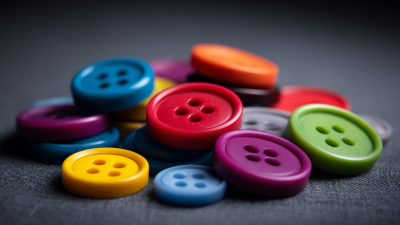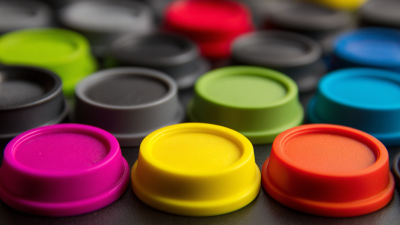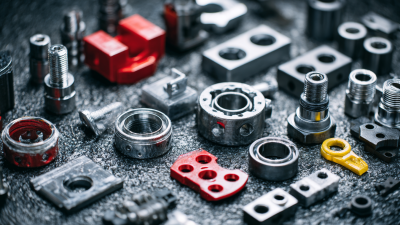Get a custom solution for free
-
Phone
-
E-mail
-
Whatsapp
-
Wechat


In the evolving landscape of technology and consumer products, "Silicone Rubber Buttons" have emerged as a critical component across various industries. According to a recent market analysis by Allied Market Research, the global silicone rubber market is projected to reach $9.76 billion by 2026, driven largely by the increasing demand for durable and reliable buttons in devices such as medical equipment, consumer electronics, and automotive controls. The inherent properties of silicone rubber—such as its resilience to temperature fluctuations, flexibility, and resistance to chemicals—make it an ideal choice for applications requiring both functionality and longevity. As innovation continues to drive the development of complex electronic devices, understanding the significance and application of Silicone Rubber Buttons is more essential than ever, paving the way for enhanced user experiences and operational efficiency in modern technology.
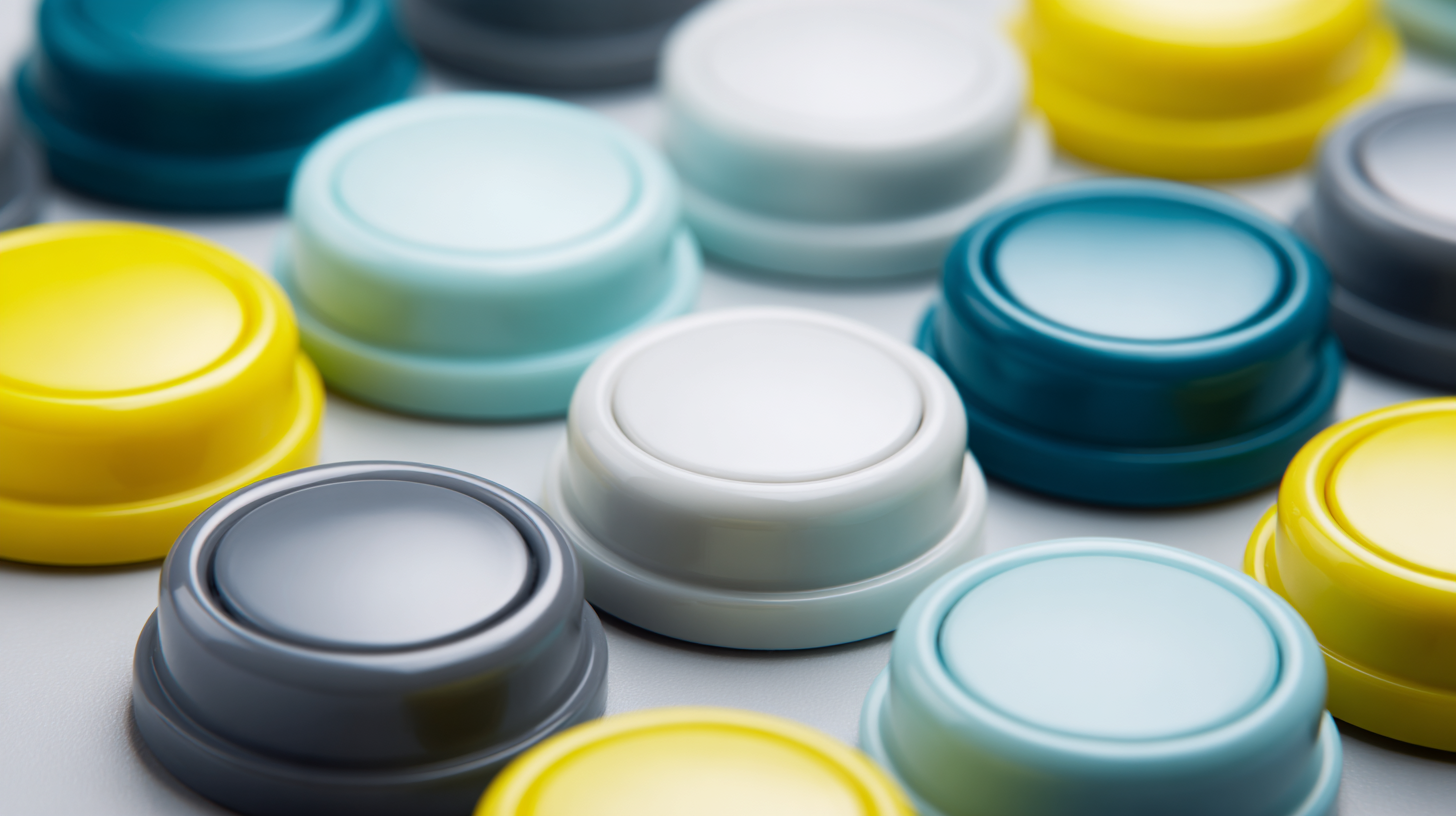
Silicone rubber buttons have emerged as a crucial component in numerous modern applications, ranging from electronic devices to medical equipment. The unique composition of silicone rubber—primarily composed of silicon, oxygen, carbon, and hydrogen—grants these buttons remarkable properties such as flexibility, durability, and resistance to a wide range of temperatures. According to a report by MarketsandMarkets, the silicone rubber market is projected to reach USD 19.7 billion by 2026, highlighting the growing importance of silicone materials across various sectors.
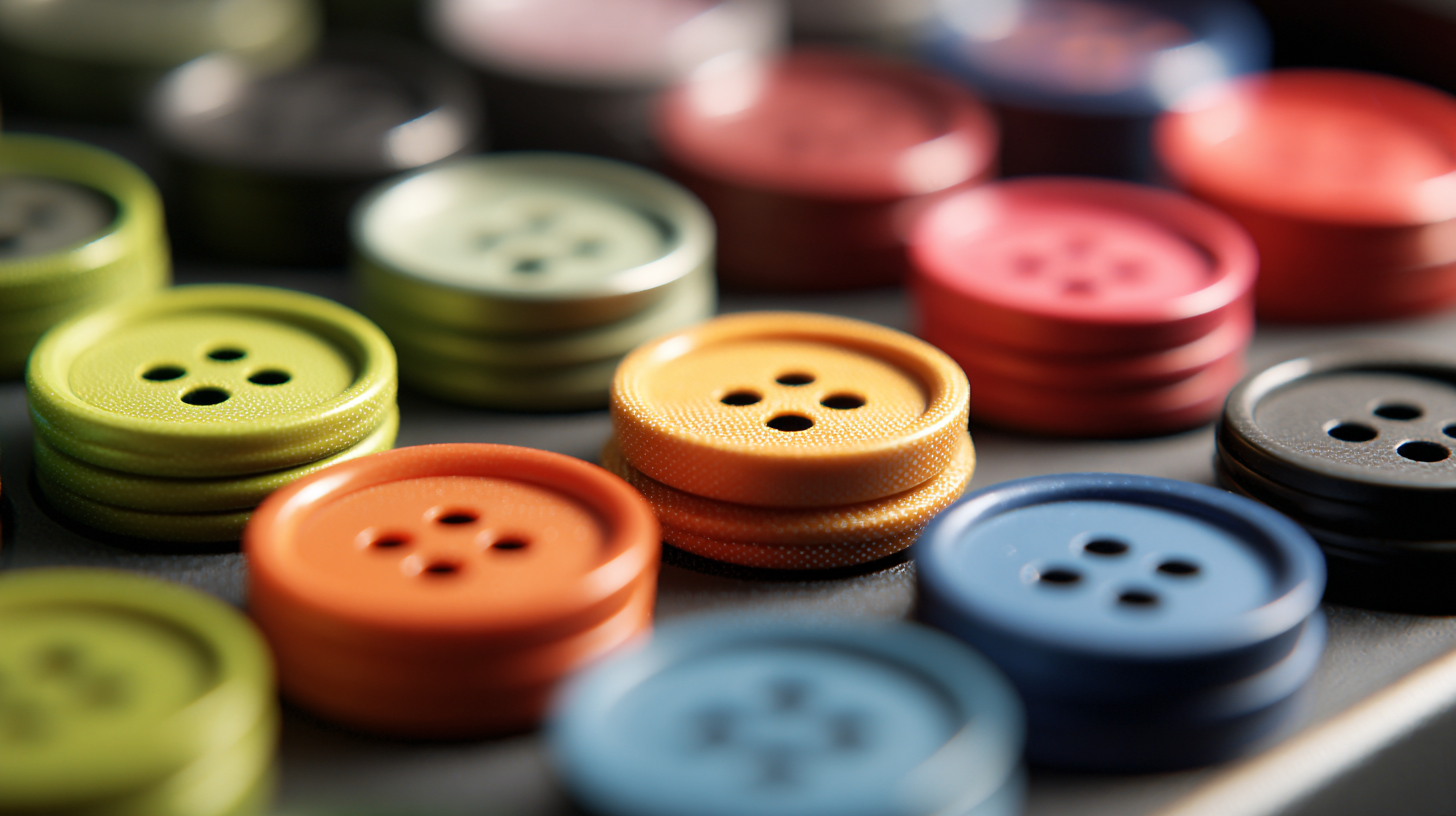
One of the standout characteristics of silicone rubber buttons is their exceptional resilience to environmental factors. They maintain functionality in extreme heat and cold, enduring temperatures from -60°C to 200°C (-76°F to 392°F). This thermal stability is essential, especially in applications like automotive controls and consumer electronics, which often encounter fluctuating temperatures. Additionally, silicone rubber exhibits excellent chemical resistance, making it suitable for use in medical devices where sterilization and hygiene are paramount. Recent studies indicate that silicone rubber can withstand exposure to harsh chemicals, including alcohol and detergents, without degrading, which further supports its dominance in critical applications.
Silicone rubber has emerged as a vital material across various industries due to its remarkable versatility and inherent properties. In the automotive sector, silicone rubber buttons are widely used for their durability and resistance to harsh environmental conditions. They provide a reliable tactile experience in vehicle control systems, ensuring that drivers can operate functions seamlessly, even in extreme temperatures or exposure to chemicals. This reliability enhances user experience and safety, making silicone rubber an ideal choice for critical automotive applications.
In the consumer electronics industry, the flexibility of silicone rubber allows for innovative design and functionality in devices such as smartphones and wearables. The material’s ability to withstand repeated use without wear and tear makes it perfect for touchscreen buttons and protective casings. Additionally, its excellent electrical insulation properties ensure device longevity, making silicone rubber an indispensable component in modern gadgets. As industries continue to evolve, the demand for silicone rubber buttons will likely grow, driven by the need for durable, reliable, and versatile components that meet the complexities of contemporary designs.
When selecting silicone rubber buttons for modern applications, the first step is to identify your specific needs. Consider factors such as the environment in which the buttons will be used, the level of user interaction, and design constraints. For instance, if the buttons are intended for outdoor use, it’s crucial to choose materials that can withstand moisture and temperature fluctuations. Additionally, understanding the tactile feedback required for user satisfaction can greatly influence your choice.
Next, evaluate the manufacturing process and the desired appearance of the silicone rubber buttons. Options such as injection molding or compression molding can affect both the cost and the quality of the final product. It's important to assess the color and surface texture to ensure they align with the intended aesthetics of the device. Finally, ensure that the selected silicone rubber meets all safety standards relevant to your application, confirming its reliability and durability for long-term use. By systematically analyzing these aspects, you can confidently select the right silicone rubber buttons that fulfill your project requirements.
| Feature | Description | Applications | Durability Rating |
|---|---|---|---|
| Temperature Resistance | Can withstand a wide range of temperatures, from -60°C to +200°C | Automotive, Electronics | Excellent |
| Chemical Resistance | Resistant to oils, chemicals, and solvents | Industrial Equipment, Medical Devices | Good |
| Customization | Easily molded into various shapes and colors | Consumer Products, Toys | Excellent |
| Electrical Insulation | Good insulator, preventing electrical leakage | Electronics, Appliances | Very Good |
| Tactile Feedback | Provides a pleasing tactile sensation when pressed | Keypads, Remote Controls | Excellent |
Silicone rubber buttons are increasingly popular in various modern applications due to their durability, flexibility, and resistance to extreme temperatures. However, to maintain their performance and extend their lifespan, regular maintenance is essential. Proper care not only enhances their functionality but also ensures a pleasing aesthetic over time.
To keep silicone rubber buttons in optimal condition, it is crucial to clean them regularly. A gentle soap solution can effectively remove dirt and grime without damaging the material. Avoid using abrasive cleaners or harsh chemicals, which can degrade the surface and weaken the material. Additionally, ensuring that the buttons remain dry and free from moisture will prevent mold and bacteria growth, which could compromise their integrity.
Another valuable tip is to protect silicone buttons from direct exposure to sunlight or extreme heat, as these conditions can cause them to harden or discolor. When not in use, store devices with silicone buttons in a cool, shaded area. To avoid unnecessary wear, gentle pressure should be applied when pressing the buttons, preventing excessive fatigue over time. By following these maintenance tips, you can significantly enhance the longevity and performance of silicone rubber buttons in any application.
Silicone rubber buttons have emerged as fundamental components in various modern technologies due to their unique properties and versatility. These buttons are not only durable but also provide excellent resilience and flexibility, making them ideal for a range of applications, from consumer electronics to automotive interfaces. Their ability to withstand extreme temperatures and harsh environmental conditions ensures longevity, allowing devices to perform reliably in diverse situations.
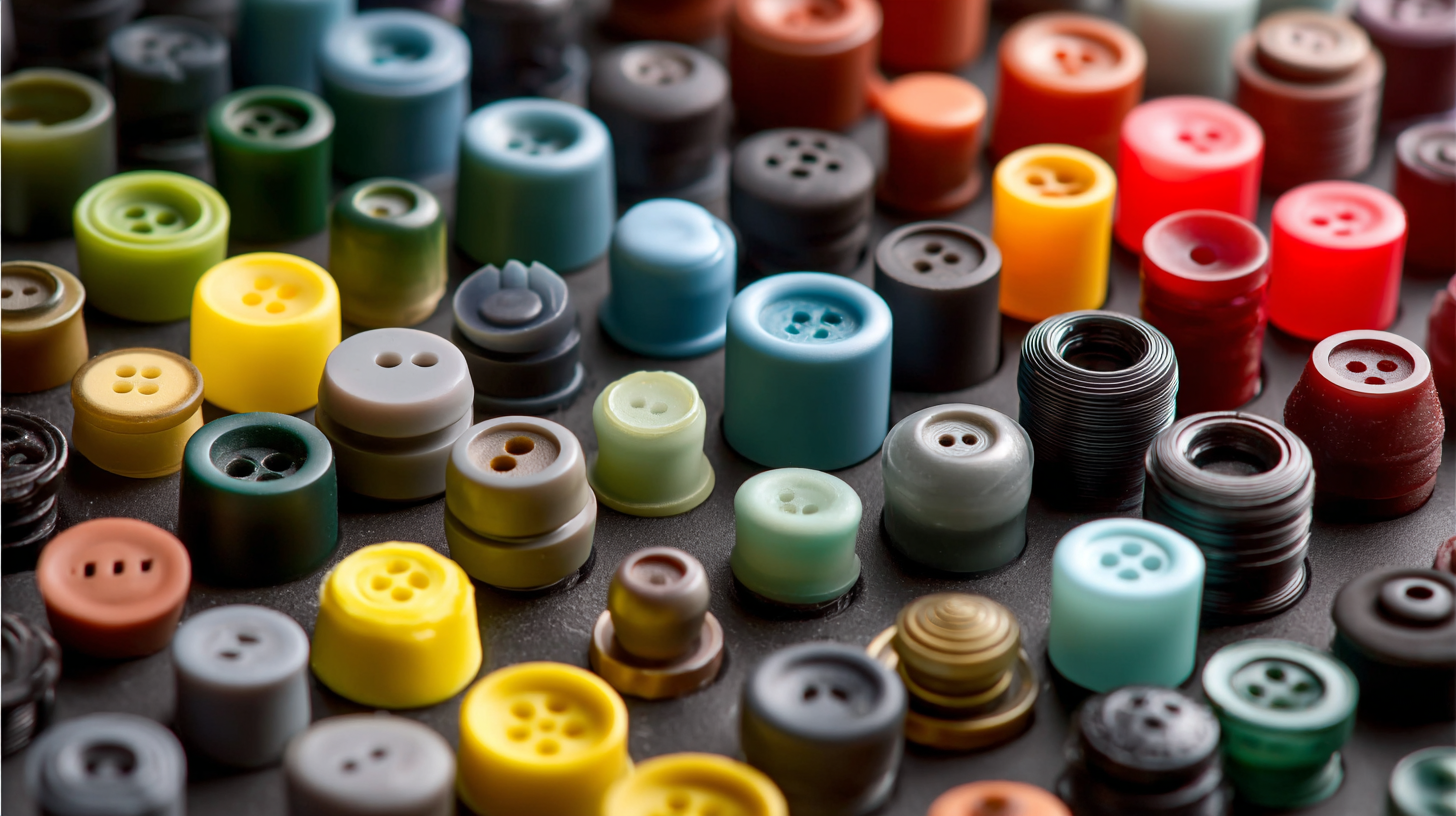
Beyond traditional uses, innovative applications of silicone rubber buttons are transforming industries. In smart home devices, for instance, these buttons facilitate user-friendly interfaces that enhance control and interactivity. Additionally, the medical field benefits significantly, where silicone rubber buttons are used in devices requiring hygienic and easy-to-maintain surfaces. Furthermore, in the realm of wearable technology, the lightweight and comfortable feel of silicone buttons contributes to the overall user experience, indicating a shift towards more ergonomic and functional designs in everyday gadgets. As technology continues to evolve, the role of silicone rubber buttons will likely expand, showcasing their importance across various sectors.
